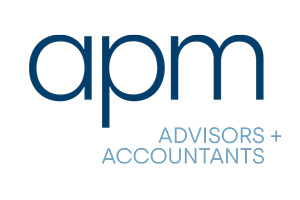The Fair Work Commission has determined that a Philippines based “independent contractor” was an employee unfairly dismissed by her Australian employer.
Like us, you are probably curious how a foreign national living in the Philippines, who had an ‘independent contractors’ agreement with an Australian company, could be classified as an Australian employee by the Fair Work Commission?
The recent case of Ms Joanna Pascua v Doessel Group Pty Ltd highlights just some of the issues Australian businesses face when working with overseas contractors and staff.
When it came to the clauses excluding matters such as the payment of income tax, workers compensation, annual and personal leave relied on by the legal firm as confirmation of an independent contractor arrangement, the FWC referred to the Deliveroo Australia Pty Ltd v Diego Franco case and others. That is, the FWC considers, “the statements in the contract about meeting the obligations consequent upon the labelling of the arrangement as one of independent contractor to have little weight in determining the true nature of the relationship.”
The new definition of employee and employer
In August 2024, a new definition of what is an employee and employer came into effect in the Fair Work Act. This new definition extends the High Court’s decision in CFMMEU v. Personnel Contracting Pty Ltd and ZG Operations Pty Ltd and Jamsek to rely on the nature of the contract between the parties, not just what the contract says. The intent of the legislative change appears to be to ensure that clever drafting of a contract alone will not be sufficient to define an independent contractor arrangement.
The Fair Work Act now requires that the true relationship between the parties is, “determined by ascertaining the real substance, practical reality and true nature of the relationship between the individual and the person.” The totality of the relationship needs to be considered including how the contract is performed in practice.
What does this decision mean for employers?
The FWC’s decision in Ms Joanna Pascua v Doessel Group Pty Ltd highlights how cautious employers should be about the nature of employment relationships. Just because you label an arrangement as that of an independent contractor, does not mean it is. And if you get it wrong, beyond the industrial relations impact, you might be liable for the tax, payroll tax and workers compensation payments that should have been made.
What makes this decision unusual is how an international employment arrangement can be drawn into the national workplace system. Regardless of the geographic location of an employee, if your business is an Australian national system employer (bound by the Fair Work Act), and the individual is deemed to be an employee, the same rights and obligations may apply to that employee as to other employees located in Australia.
While not addressed in this case, the FWC also referred to the minimum wage for a paralegal performing work such as that undertaken by Ms Pascua. While not applicable to this case, from 1 January 2025, wage theft will become a criminal offence – where an employer is required to pay an amount to an employee but intentionally underpays. For international employees where rates might be significantly different to Australian expectations, it is more important than ever to ensure you have characterised the employment relationship correctly.
Tax obligations and international workers
We’re often asked about the implications of working with overseas, non-resident workers who are working for a resident Australian company.
Let’s say you want to engage the services of a non-resident individual.











